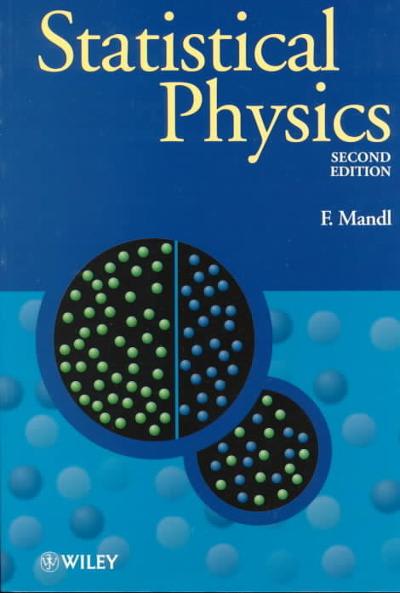Answered step by step
Verified Expert Solution
Question
1 Approved Answer
For the convergent lens, draw to scale a ray diagram for the setup in Section B. Use the focal length as found experimentally. Measure d
For the convergent lens, draw to scale a ray diagram for the setup in Section B. Use the focal length as found experimentally. Measure di, do and the linear magnification my. Compare them to the values in Section D
Data:
experimental focal point in section B = 16.8 cm
In section D:
- do = 20.8 cm
- di =50 cm
-linear magnification = 1.97 cm
Please help me with this question, thank you so much. Here is a picture of the section b,c,d



Step by Step Solution
There are 3 Steps involved in it
Step: 1

Get Instant Access to Expert-Tailored Solutions
See step-by-step solutions with expert insights and AI powered tools for academic success
Step: 2

Step: 3

Ace Your Homework with AI
Get the answers you need in no time with our AI-driven, step-by-step assistance
Get Started


